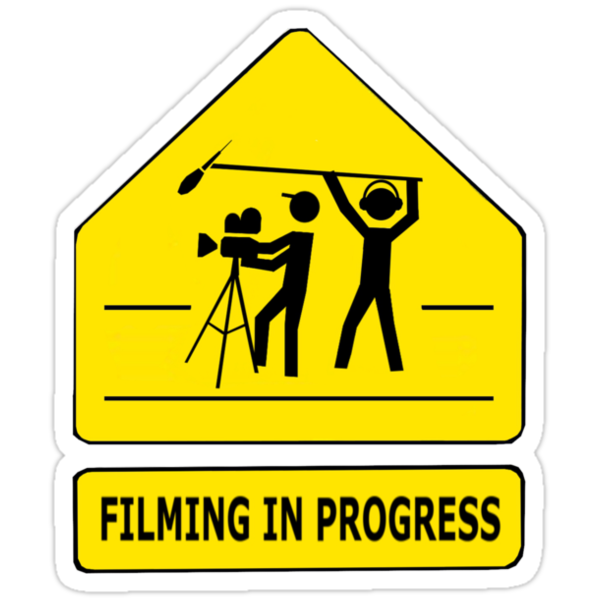Throughout the term, we were able to apply the marketing concepts we learned in class to a real life company by completing three marketing assignments. My group analyzed TD Bank and it was interesting learning how an established bank executes its marketing.
The last portion of the marketing assignment required a video project highlighting our marketing recommendations to TD. I have never filmed or edited videos so it was a huge learning experience!
My group decided to defer from the typical recording of a presentation by doing a seven minute “skit”. My team felt this would be the best way to portray the marketing strategy we developed for TD in an interesting and informative manner. To create the video, my team split up into various roles- one member wrote out a script, others wanted to have more acting roles, one person was in charge of filming and I took on the role of editing.

During each task, we discovered many things. For instance during filming, we found out that the video cameras in the CLC were not the best quality (even though it claimed to product 720p quality), and that the cameras were always, without fail, out of battery. To combat this, we filmed some scenes on my iPhone 5, which ironically had better quality than the video cameras in the CLC. If we were to do this project again, we would just film on my phone.
In terms of acting, I learned how hard it is to memorize lines. I had a scene in our video in which I was informing Wendy (my group member) on TD’s debit and credit cards. It was difficult to remember all the points I had to cover and make it sound as natural as possible. Regardless to say, the TD office scene was definitely the hardest scene to film in the entire video.
I also took on the role of editing the video on iMovie. I never used the software before but I found it to be user-friendly and relatively easy to use. At times, our film was a little dry but we discovered that adding background music really pulled the film together. Now we know why movies have soundtracks!
Overall, the video project was a fun experience and it was a creative way for us to present our marketing ideas.
 Although Nike partners with celebrities, the company also takes into consideration the aspect of relevance. Instead of asking a movie star or signer to promote their products, Nike asks real athletes that are the best players in their fields to model their products. Since world-reknown athletes advertise Nike’s products, customers will have a notion that Nike’s products must be the best, since players such as Michael Jordan are affiliated with them.
Although Nike partners with celebrities, the company also takes into consideration the aspect of relevance. Instead of asking a movie star or signer to promote their products, Nike asks real athletes that are the best players in their fields to model their products. Since world-reknown athletes advertise Nike’s products, customers will have a notion that Nike’s products must be the best, since players such as Michael Jordan are affiliated with them.